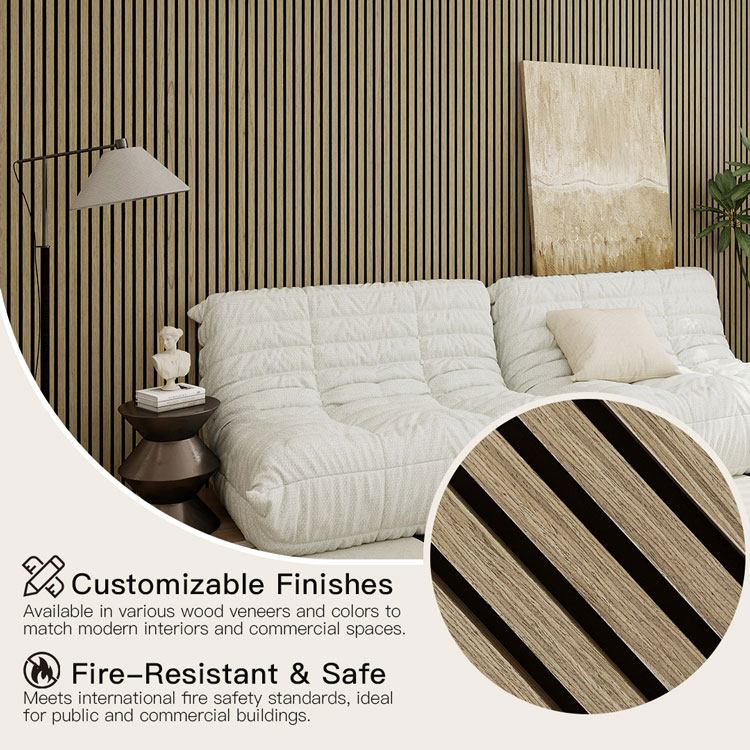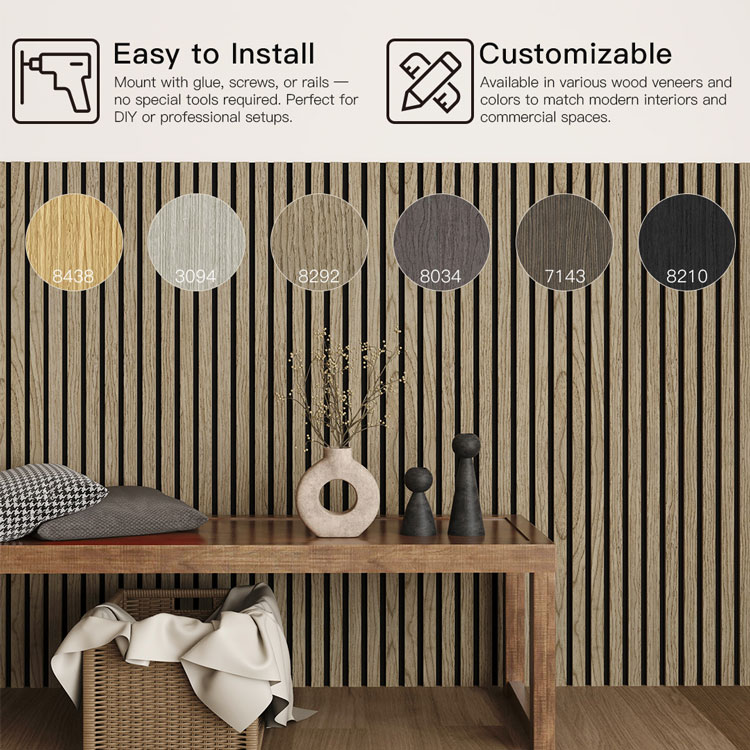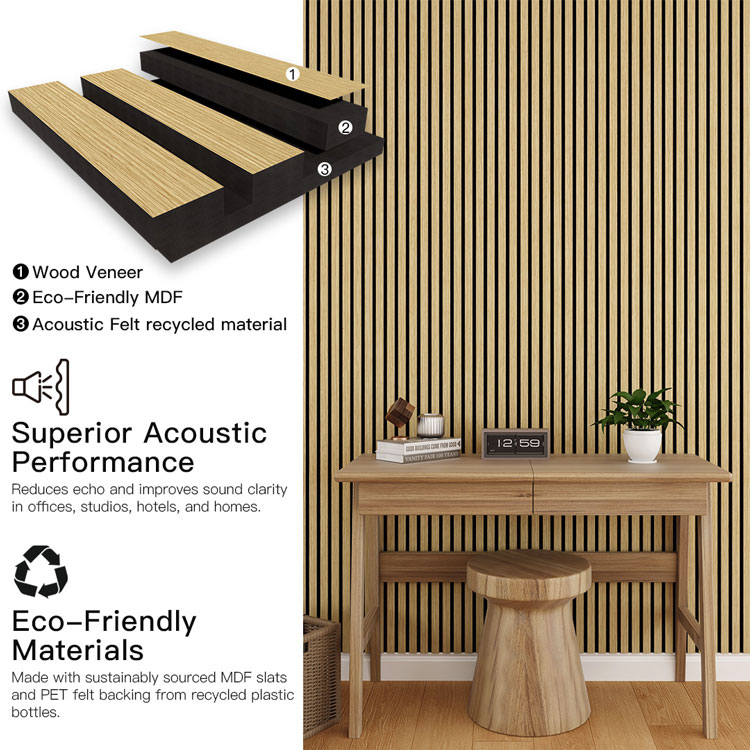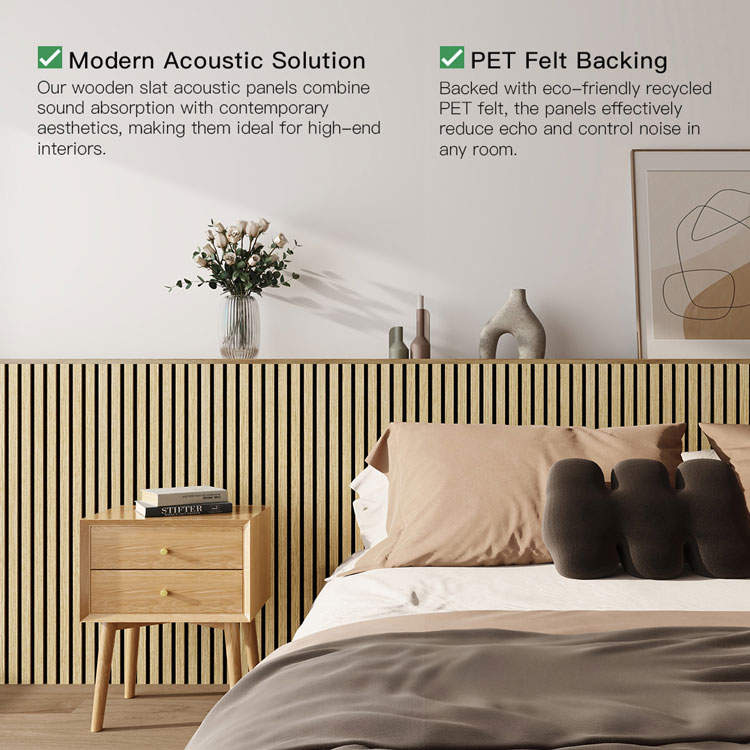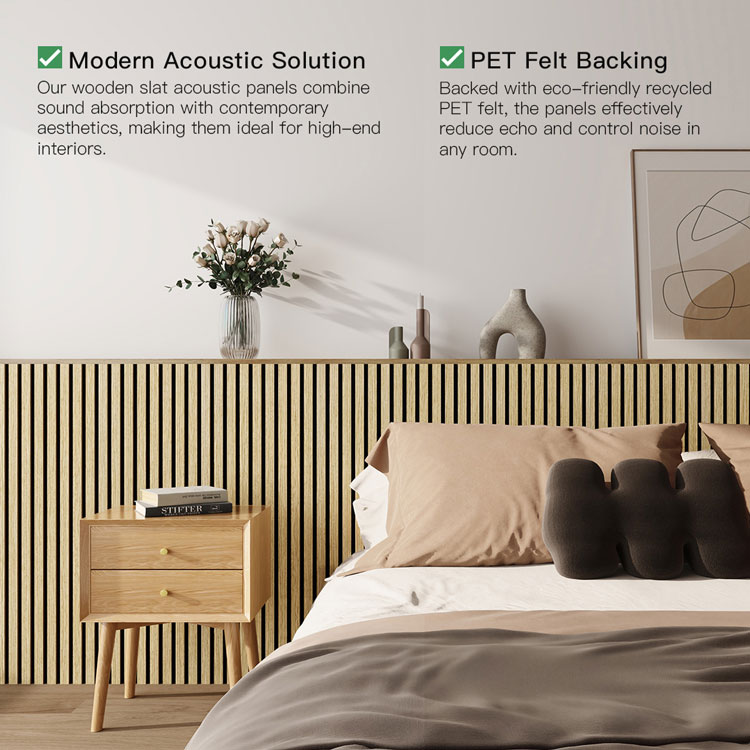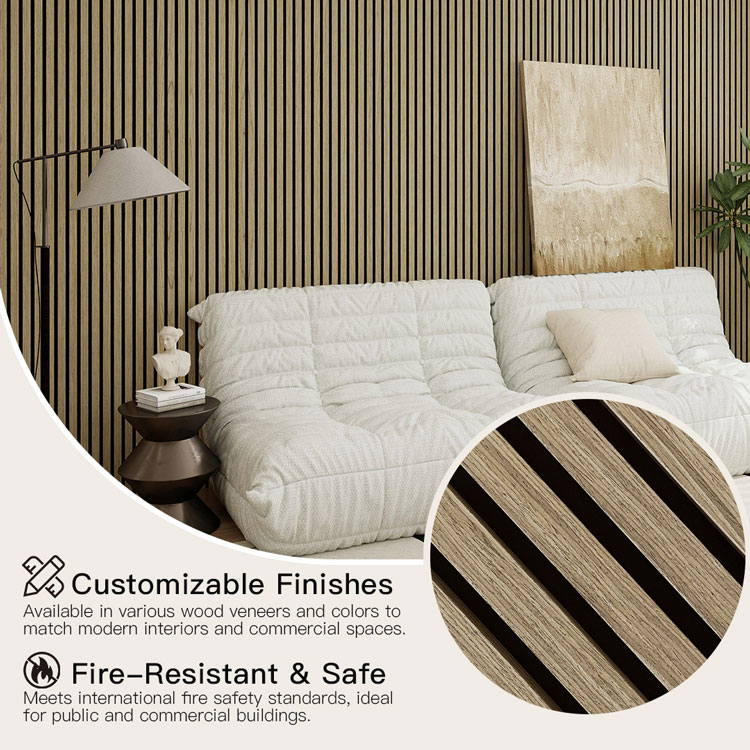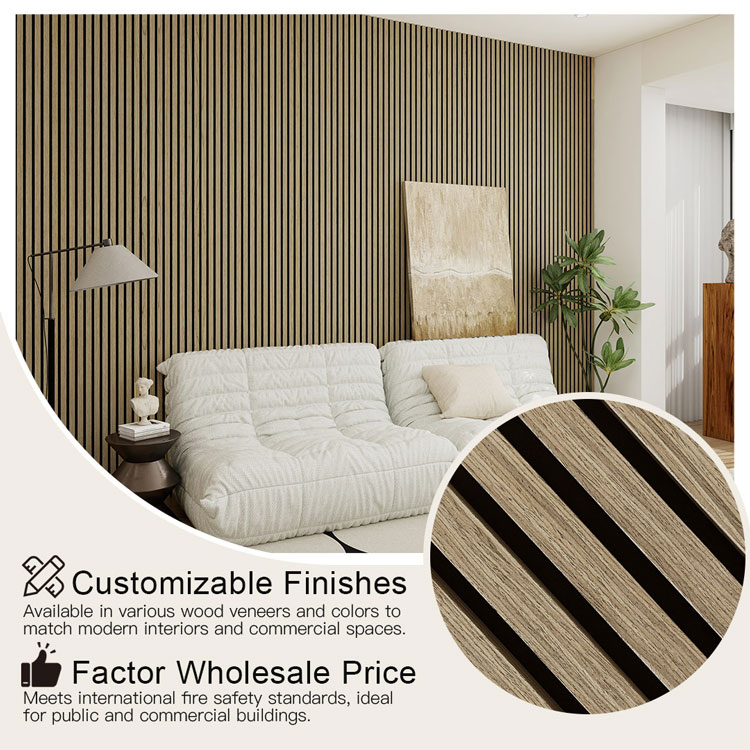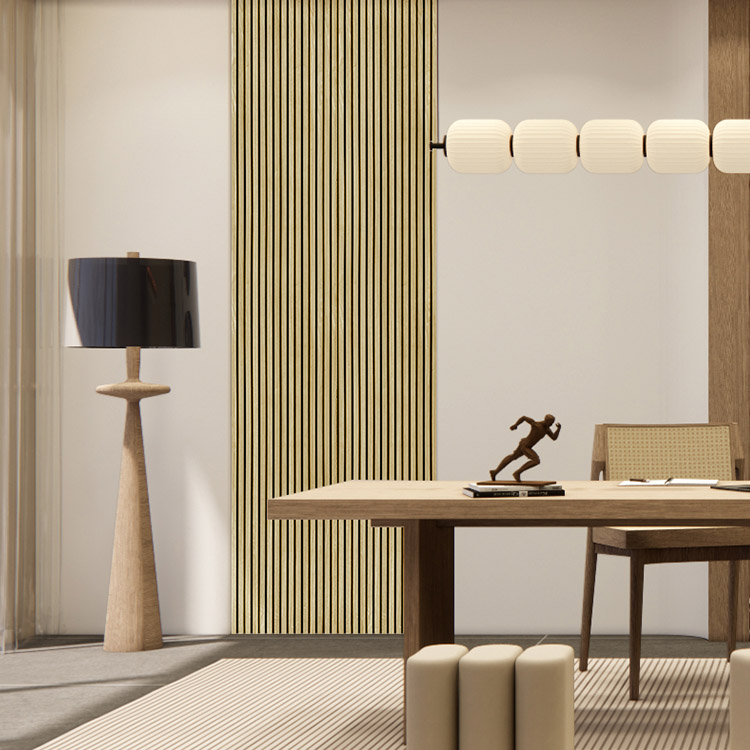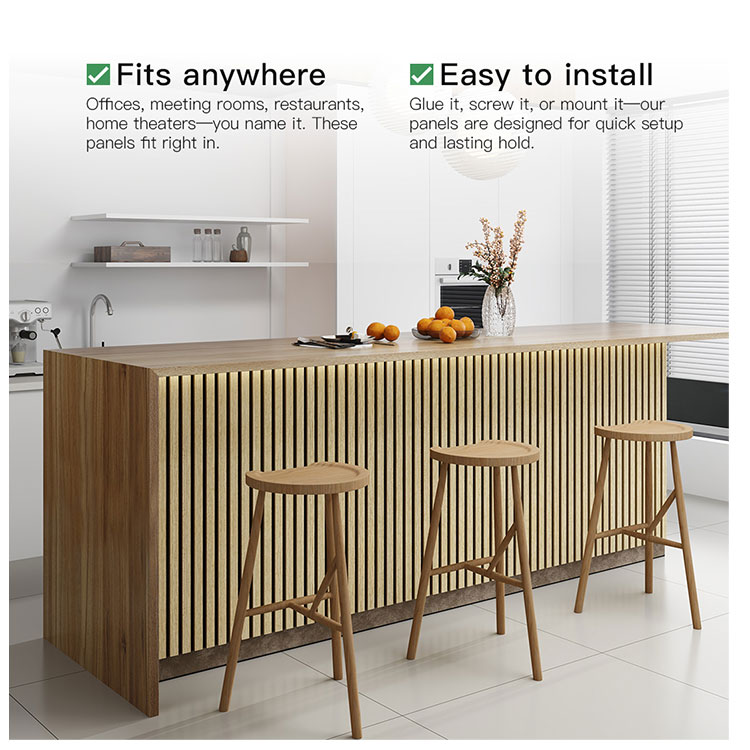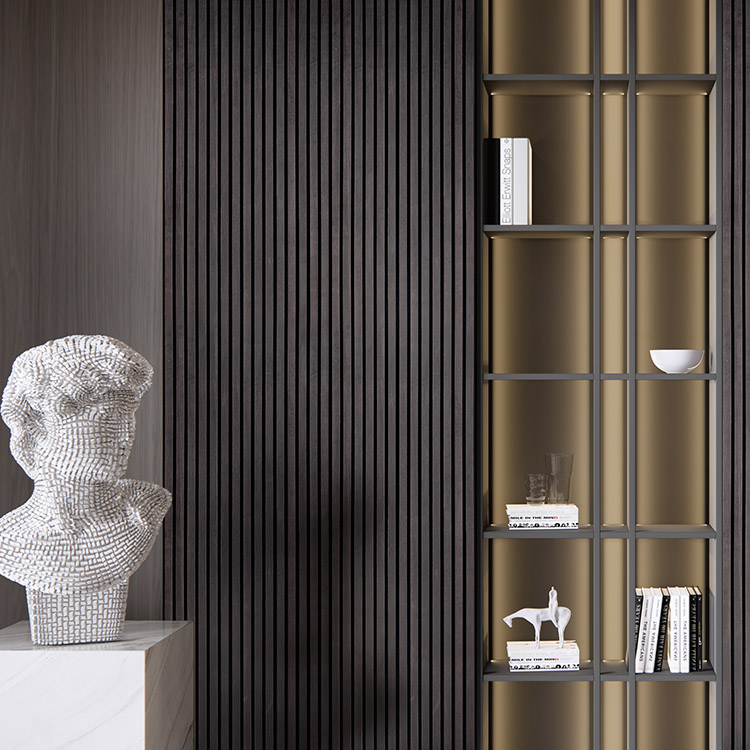At Leeyin Acoustics in Guangdong, we understand that your brand image is just as important as your product quality. Therefore, we offer customized packaging solutions—including cartons, labels, and sample boxes—to help you showcase your brand in every detail.
Here's how Leeyin makes your packaging as professional as your products 👇
🎨 1. Custom Carton Design
A variety of carton sizes, thicknesses, and printing styles are available to perfectly match your brand image.
We can print your logo, color scheme, and key product information directly on the cartons, creating a premium brand unboxing experience.
🏷️ 2. Personalized Labeling
Leeyin offers customized product labels, including your brand name, QR code, and technical specifications—ensuring every shipment presents a clear, professional, and easily recognizable image.
📚 3. Premium Sample Boxes
Want to make a lasting impression on your clients or distributors?
Our custom-designed sample boxes showcase your wood slatted wall panels and acoustic panels in an elegant and organized manner. Ideal for trade shows, showroom displays, or customer presentations.
